Table of content
Ginkgo nuts, derived from the ginkgo biloba tree (Ginkgo biloba), have captivated human interest for centuries due to their unique biological makeup, cultural significance, and culinary versatility. Often referred to as “living fossils,” these ancient trees are the sole survivors of the Ginkgophyta division, with fossils dating back over 270 million years. The nuts, encased within the tree’s distinctive fleshy fruit, hold a complex composition of nutrients, antioxidants, and bioactive compounds, making them a subject of both culinary exploration and scientific study. This article delves into the origins, chemical composition, culinary applications, and cultural importance of ginkgo nuts, shedding light on why they remain a cherished ingredient in global cuisines.
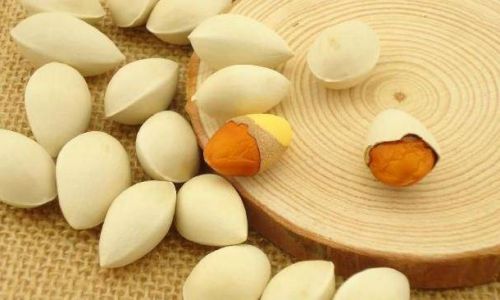
Botanical Origins and Structural Composition
The ginkgo biloba tree, native to China but now cultivated worldwide, produces plum-like yellowish fruits that house the sought-after nuts. Each fruit comprises three layers: the outer fleshy sarcotesta, a middle fibrous layer, and the inner hard shell encasing the seed. The sarcotesta, while visually striking with its silvery hue, emits a pungent odor when ripe, often described as rancid butter or vomit—a defense mechanism to deter herbivores. Beneath this layer lies the endocarp, a woody shell that protects the embryo within.
The seed itself, commonly called the ginkgo nut, is the edible portion. It is oval-shaped, approximately 1.5–2 centimeters in length, and features a cream-colored kernel with a delicate, slightly sweet aroma when cooked. The nut’s composition includes proteins, fats, carbohydrates, and a range of micronutrients, but its true allure lies in its bioactive compounds, such as ginkgolides, bilobalide, and flavonoids. These molecules contribute to the nut’s medicinal properties and distinct flavor profile.
Nutritional Profile and Bioactive Compounds
Ginkgo nuts are a nutrient-dense food, offering a blend of macronutrients and micronutrients. A 100-gram serving of raw ginkgo nuts contains approximately:
- Protein: 5–7 grams
- Fat: 1.5–2 grams (predominantly monounsaturated and polyunsaturated fats)
- Carbohydrates: 15–20 grams (including dietary fiber)
- Vitamins: Vitamin C, riboflavin (B2), niacin (B3), and folate
- Minerals: Manganese, magnesium, potassium, and copper
Beyond basic nutrition, ginkgo nuts are prized for their antioxidant content. Flavonoids like quercetin and kaempferol, along with terpenoids like ginkgolides and bilobalide, combat oxidative stress by neutralizing free radicals. These compounds also exhibit anti-inflammatory and neuroprotective effects, linking ginkgo nuts to traditional medicine practices aimed at enhancing cognitive function and circulatory health.
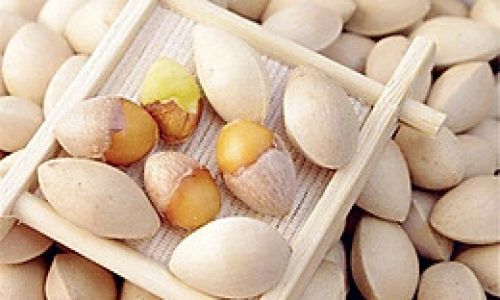
However, it is crucial to note that raw ginkgo nuts contain traces of 4′-O-methylpyridoxine (MPN), a compound that inhibits vitamin B6 metabolism. Consuming raw or undercooked nuts can lead to ginkgo toxin poisoning, characterized by nausea, seizures, or, in rare cases, coma. Proper cooking—typically boiling or roasting—neutralizes this toxin, rendering the nuts safe for consumption.
Culinary Applications Across Cultures
Ginkgo nuts have earned a revered place in Asian cuisines, where their buttery texture and mild, slightly sweet flavor complement both savory and sweet dishes. Their culinary versatility stems from their ability to absorb surrounding flavors while adding a subtle richness.
East Asian Cuisine
- Japanese Cuisine: In Japan, ginkgo nuts (ginnan) are a seasonal delight, often featured in chawanmushi (steamed egg custard), takikomi gohan (mixed rice), or as a tempura ingredient. Their unique texture—creamy yet slightly firm—makes them a prized addition to autumn menus.
- Chinese Cuisine: Chinese chefs incorporate ginkgo nuts into soups, stews, and desserts. They are a staple in buddha jumps over the wall (a luxurious soup), congee, and tangyuan (sweet rice balls). The nuts are also candied or used in mooncakes during Mid-Autumn Festival celebrations.
- Korean Cuisine: In Korea, ginkgo nuts (eunhaeng-nut) are roasted and salted as a snack (banchan) or added to jjim (steamed dishes) and bap (rice bowls).
Western Adaptations
While less common in Western diets, ginkgo nuts are gaining traction in fusion cuisine. Chefs experiment with them in risottos, salads, and even vegan cheese substitutes, capitalizing on their ability to mimic the texture of nuts like pine nuts or macadamia.
Preparation and Safety
Processing ginkgo nuts requires care to remove the toxic sarcotesta and hard shell. Traditional methods involve:

- Harvesting: Collecting fallen fruits and allowing them to ferment for several days, softening the flesh.
- Cleaning: Rubbing the fruits to remove the sarcotesta, followed by thorough rinsing.
- Cracking: Using nutcrackers or hammers to break the shell, revealing the kernel.
- Cooking: Boiling the kernels for 10–15 minutes or roasting them to eliminate toxins.
Modern shortcuts include purchasing pre-shelled or vacuum-sealed nuts, though enthusiasts argue that freshly processed nuts offer superior flavor.
Health Benefits and Controversies
Ginkgo nuts’ bioactive compounds have sparked interest in their potential therapeutic roles. Studies suggest that ginkgolides may improve blood circulation and reduce inflammation, while flavonoids support heart health. However, clinical evidence remains inconclusive, and medical professionals caution against relying on ginkgo nuts as a primary treatment for ailments.
The nuts’ toxicity when raw remains a significant concern. Pregnant individuals and those with epilepsy or blood disorders are advised to avoid them due to potential adverse effects. Moderation is key—most guidelines recommend limiting intake to 5–10 cooked nuts per day.
Cultural Symbolism and Sustainability
Beyond the kitchen, ginkgo trees hold deep cultural symbolism. Their resilience—surviving the atomic bomb in Hiroshima and thriving in polluted cities—has made them symbols of longevity and hope. In Japan, ginkgo leaves adorn temple grounds, while in China, they are planted near scholarly institutions to inspire wisdom.
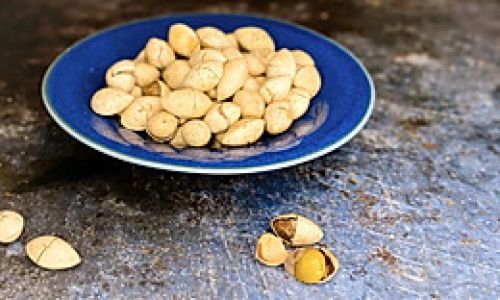
Sustainability is another facet of ginkgo cultivation. While the trees are hardy and low-maintenance, overharvesting in the wild threatens natural populations. Ethical sourcing and cultivation in orchards help balance demand with conservation.
Conclusion
Ginkgo nuts are a testament to nature’s ingenuity, blending ancient biology with culinary artistry. Their composition—a matrix of nutrients, antioxidants, and bioactive compounds—offers a tantalizing glimpse into the intersection of food and medicine. Yet, their preparation demands respect for tradition and safety, underscoring the delicate balance between exploitation and appreciation.
As global palates evolve, ginkgo nuts may emerge as more than a niche ingredient. Their unique texture, adaptability, and cultural narratives position them as a bridge between East and West, past and future. Whether simmered in a broth, roasted as a snack, or celebrated in festival dishes, ginkgo nuts remind us that even the smallest kernel can hold centuries of story.
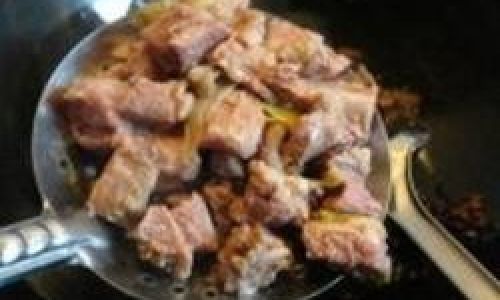
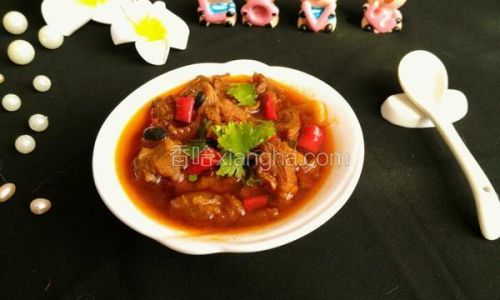
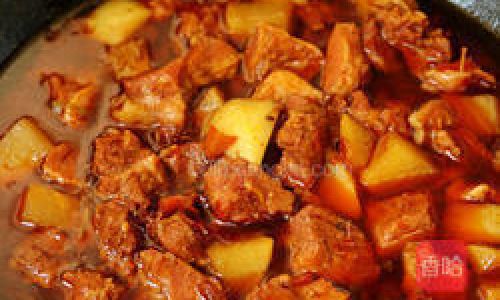
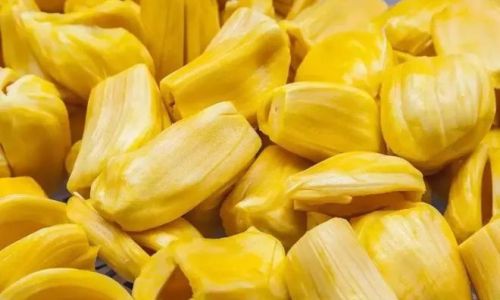
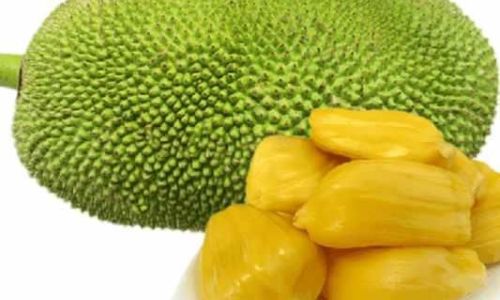
0 comments